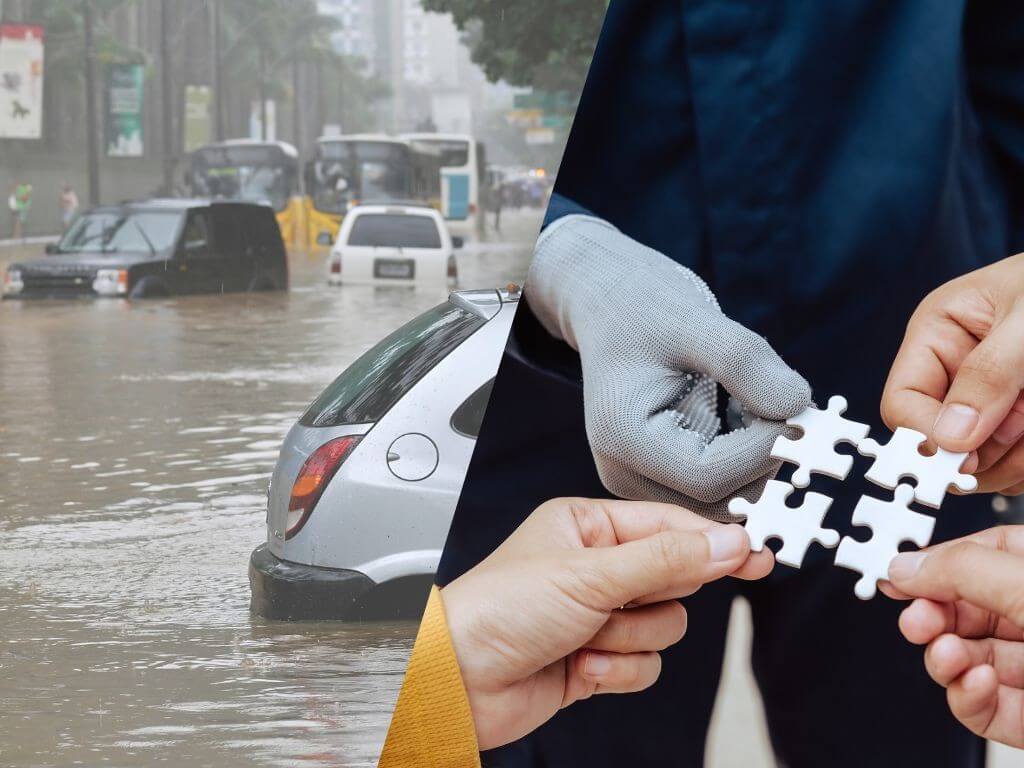

Last of two parts
Government support may take the form of direct funding, subsidies, incentives, or cost-sharing arrangements. However, under the PPP Code, such government undertakings are permitted only for solicited projects.
Unlike procurement, which uses public funds, PPPs typically rely on private capital. These are long-term contractual arrangements in which each party undertakes specific obligations, enjoys corresponding entitlements, and remains accountable to both its partner and the public. Ultimately, all PPP projects must serve the public interest and contribute to an improved quality of life.
For flood control PPPs, the primary goals are to achieve no flooding, minimize flood risks and reduce the frequency and severity of flood events. The intended impacts include protection of life and property, reduction of economic losses, preservation of public infrastructure, and the promotion of sustainable development.
At present, there are no operational PPPs for flood control. The private sector should be encouraged to participate, either by submitting unsolicited proposals to the Department of Public Works and Highways (DPWH), the Metropolitan Manila Development Authority (MMDA), or local government units (LGUs), or by joining competitive bidding processes. Unless acting purely as a donor, however, the private sector will understandably expect a reasonable return on investment.
A purely stand-alone flood control project may not be commercially viable. Because the benefits of flood control cannot easily be monetized, after all, the government cannot charge communities for not being flooded, private interest may only materialize if such projects are bundled with revenue-generating components. A multi-use approach that integrates flood control with dredging, reclamation, road construction, and/or water supply and distribution systems could help cross-subsidize non-revenue elements.
The government has tried this before, with limited success. In 2016, the P123-billion Laguna Lakeshore Expressway-Dike Project failed to attract bidders. According to an April 12, 2016 BusinessMirror article, at least one potential bidder opted to wait for a new administration to ensure transparency and fairness.
This was not the first major flood control initiative to falter. As reported by the Philippine Daily Inquirer on August 15, 2012, the P18.7-billion Laguna Lake Rehabilitation Project, which included deepening the Napindan Channel, was shelved by the succeeding administration despite support from the Belgian government.
There are, however, promising developments. Media recently reported that Mr. Ramon Ang has proposed to help ease flooding in Metro Manila by cleaning canals and creeks and removing obstructions, at no cost to the government. If this initiative is a donation, whether conditional or not, it will not fall under the PPP Code. Mr. Ang has undertaken similar efforts for the Pasig River and waterways near the New Bulacan Airport. Should this push through, Senator Panfilo Lacson has indicated readiness to move for a reduction in the 2026 flood control budget.
A clear understanding of the PPP Code and the Procurement Law, paired with strategic planning, legal compliance, and lessons learned from past attempts, can help transform PPPs into a genuine, marketable, and people-centered option for flood control infrastructure.
— Edited by Daxim L. Lucas

Contributor